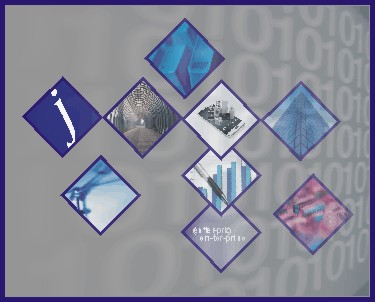What is Enterprise System Transition anyway?
Separately, "Enterprise" is defined as a business organization. Secondly, "System" is defined as a group of interacting, interrelated, or interdependent elements forming a complex whole. Finally, "Transition" is defined as passage from one form, state, style, or place to another.
Considered together, "Enterprise Systems Transition" is the process of moving a business organization's group of interacting, interrelated, interdependent processes, personnel, and technology (software and hardware) from their current state to their desired state, in order to achieve the long-term objectives of that business.
